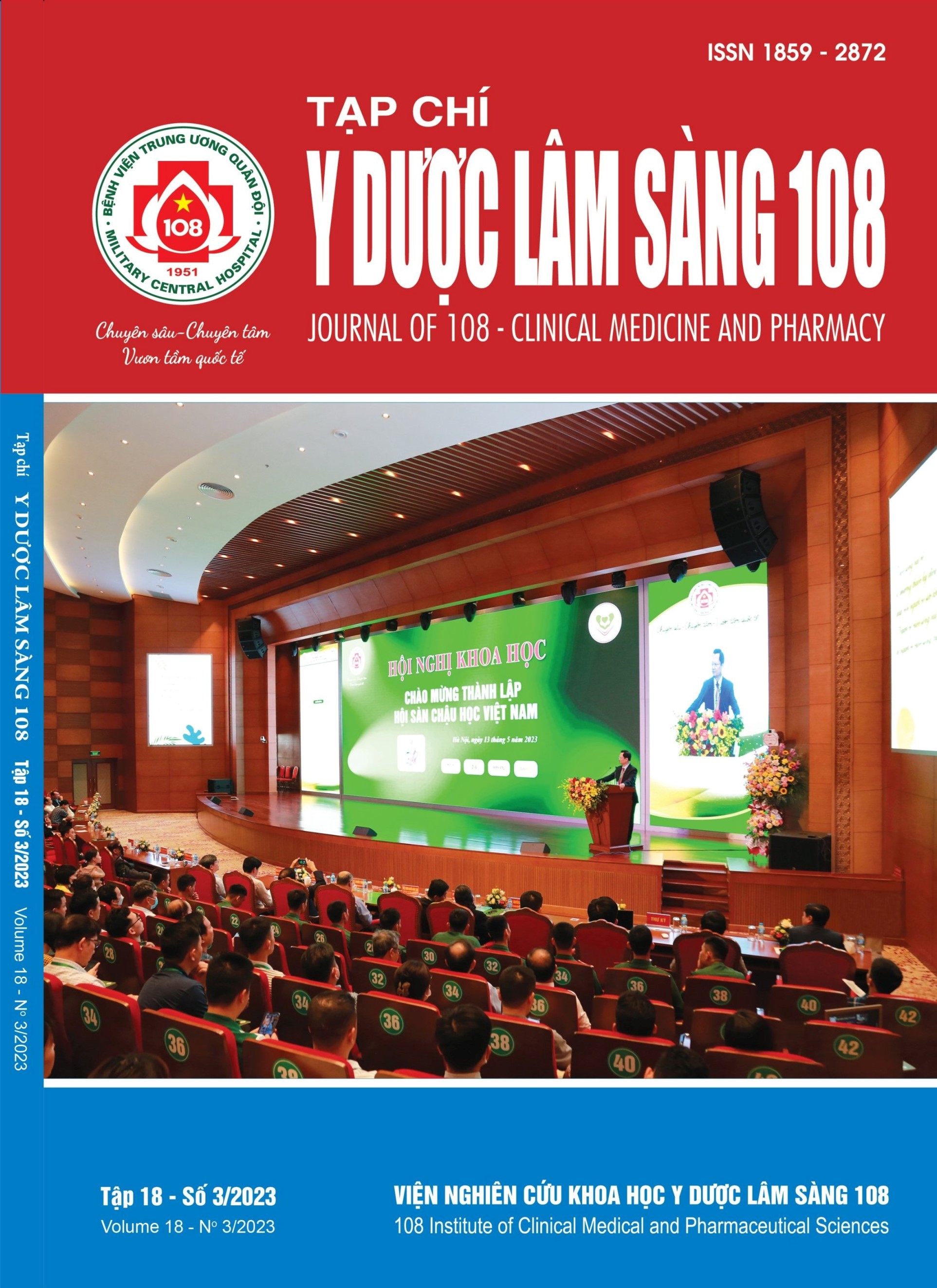Targeted temperature management in patients with acute brain injury: 3 cases report
Main Article Content
Keywords
Abstract
Objective: To evaluate effects of targeted temperature management in patients suffering from acute brain injury with refractory fever. Case presentation: 3 cases suffering from acute brain injury with refractory fever (1 patient with stroke and 2 patients with severe traumatic brain injury). These cases were hospitalized in coma, treating by mechanical ventilation, osmotherapy and surgical decompression. In the first 24 hours, the patients suffered from refractory fever which is unresponsive with physical measures and antipyretic agents. They were successfully treated with surface cooling device. Conclusion: Targeted temperature management is effective in patients suffering from hemorrhagic stroke, severe traumatic brain injury with refractory fever.
Article Details
References
2. Bogossian EG, Taccone FS (2022) Fever management in acute brain injury. Curr Opin Crit Care 28(2): 130-137.
3. Choi HA, Ko SB, Presciutti M et al (2011) Prevention of shivering during therapeutic temperature modulation: The Columbia anti-shivering protocol. Neurocrit Care 14(3): 389-394.
4. Jun GS, Kim JG, Choi HY et al (2019) A comparison of intravascular and surface cooling devices for targeted temperature management after out-of-hospital cardiac arrest: A nationwide observational study. Medicine (Baltimore) 98(30): 16549.
5. Logan A, Sangkachand P, Funk M (2011) Optimal management of shivering during therapeutic hypothermia after cardiac arrest. Crit Care Nurse 31(6): 18-30.
6. Madden LK, Hill M, May TL et al (2017) The implementation of targeted temperature management: An evidence-based guideline from the neurocritical care society. Neurocrit Care 27(3): 468-487.
7. Oddo M, Frangos S, Maloney-Wilensky E et al (2010) Effect of shivering on brain tissue oxygenation during induced normothermia in patients with severe brain injury. Neurocrit Care. 12(1): 10-16.
8. Puccio AM, Fischer MR, Jankowitz BT et al (2009) Induced normothermia attenuates intracranial hypertension and reduces fever burden after severe traumatic brain injury. Neurocrit Care 11(1): 82-87.
9. Yokobori S, Yokota H (2016) Targeted temperature management in traumatic brain injury. J intensive care 4: 28.
 ISSN: 1859 - 2872
ISSN: 1859 - 2872
